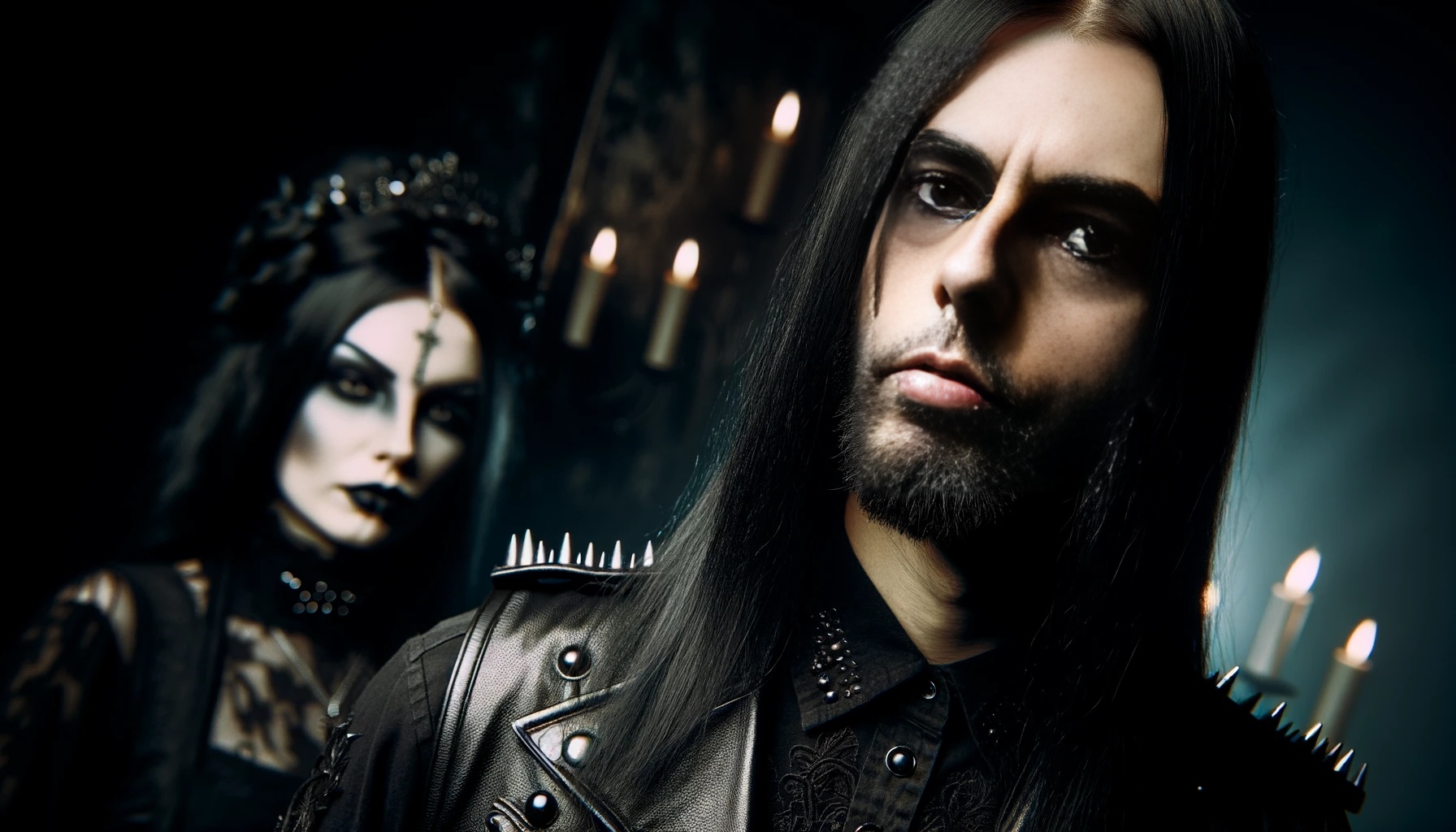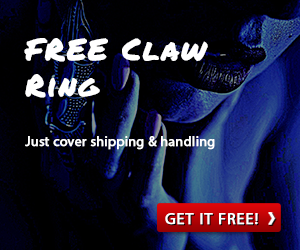In the shadowy corners of fashion, a realm of darkness and enchantment awaits those who dare to explore its depths. Gothic fashion, with its haunting allure and brooding aesthetics, has stood the test of time, evolving through the ages to become an iconic and influential subculture. From its eerie origins in the Victorian era to the bold and rebellious styles of today, this blog article will take you on a visual journey through the captivating history of Gothic fashion. Brace yourself as we unearth the eerie elegance, the punkish rebellion, and the unique charm that have woven Gothic fashion into the fabric of alternative culture.
Origins of Dark Elegance: Gothic fashion draws its roots from the shadows of the 18th and 19th centuries, finding inspiration in the romanticism of the Victorian era. During this time, mourning attire was a common sight, with widows adorning themselves in black garments, veils, and somber accessories to symbolize their grief. The trend soon transcended mourning and became a statement of dark elegance, with intricate lace, corsets, and top hats adorning both men and women, setting the foundation for Gothic fashion’s ethereal allure.
The Gothic Revival: As the 20th century dawned, the Gothic aesthetic experienced a revival, inspired by literature and architecture from medieval times. The revival manifested in intricate patterns, arches, and pointed shapes, setting the stage for Gothic fashion’s continued evolution. It was during this time that iconic elements, such as pentagrams, bats, crosses, and other symbols of the macabre, began to find their way into Gothic apparel, embodying the essence of darkness and mystery.
From Punk to Post-Punk: The 1970s and 1980s witnessed a significant shift in Gothic fashion as the subculture embraced punk and post-punk influences. Black leather, studded accessories, and DIY aesthetics became prominent, exuding rebellion and a raw edge. Bands like Siouxsie and the Banshees, The Cure, and Bauhaus not only shaped the music scene but also left an indelible mark on Gothic fashion, transforming it into a symbol of counterculture and individuality.
Victorian Goth Meets Cyberpunk: As the Gothic subculture expanded, it merged with futuristic elements, giving rise to Cybergoth fashion. Combining Victorian elegance with cyberpunk aesthetics, this subgenre featured neon accents, industrial elements, and elaborate hairstyles, blurring the boundaries between past and future. Cybergoth’s futuristic twist breathed new life into Gothic fashion, attracting a new generation of enthusiasts eager to embrace the fusion of darkness and technology.
Embracing Diversity: Gothic fashion’s allure lies in its adaptability, making room for diverse expressions of darkness. Within the subculture, different branches have emerged, each with its own unique style. Romantic Goths embrace a vintage and ethereal look, while Nu Goths blend contemporary streetwear with Gothic elements. Pastel Goths subvert the traditional all-black aesthetic with soft and light hues, while Victorian Goths pay homage to the subculture’s historical origins. The wide spectrum of Gothic fashion celebrates individuality and offers a space for self-expression in the shadows.
Modern-Day Goth: In the 21st century, Gothic fashion continues to flourish, embracing an ever-evolving fusion of influences from music, literature, and pop culture. Steampunk, with its retro-futuristic charm, has found its way into Gothic circles, adding yet another layer to the subculture’s multifaceted identity. Modern-day Goths blend elements from various subgenres, creating their own unique and personalized styles that reflect their passion for the dark and mysterious.
Conclusion: The allure of Gothic fashion through the ages has withstood the test of time, transcending eras and weaving its magic into the hearts of alternative culture enthusiasts. From its somber origins in Victorian mourning attire to the rebellious punk influences of the 20th century and the futuristic blend of Cybergoth, Gothic fashion remains an ever-changing kaleidoscope of dark enchantment. As we journeyed through the shadows, we witnessed the evolution of a subculture that embraces diversity, individuality, and the enduring allure of the macabre. Embrace the darkness, for in the realm of Gothic fashion, beauty and darkness dance hand in hand.
Return to home page for some more awesome and dark content or say hi and follow me on Instagram here.
Follow me on social media


